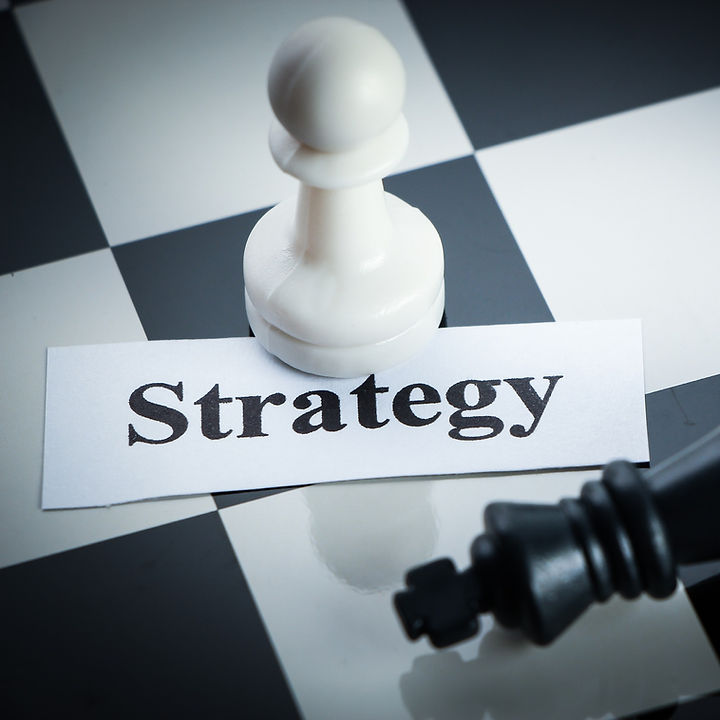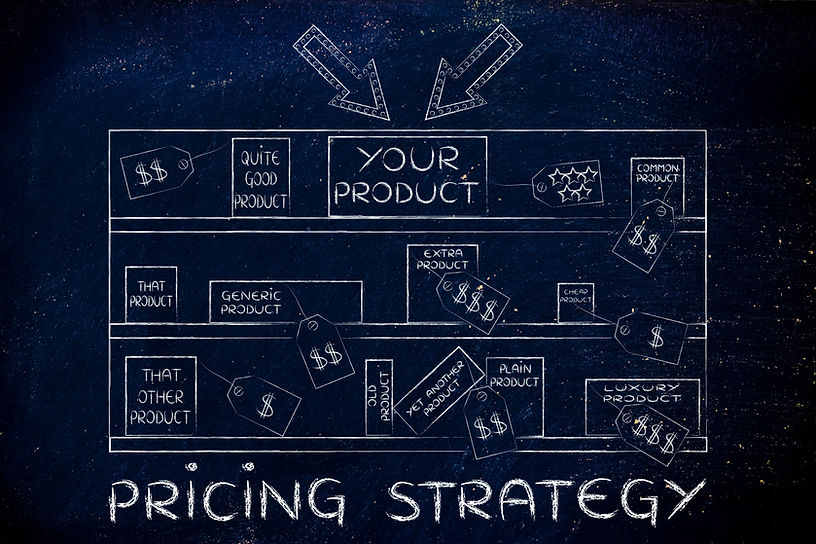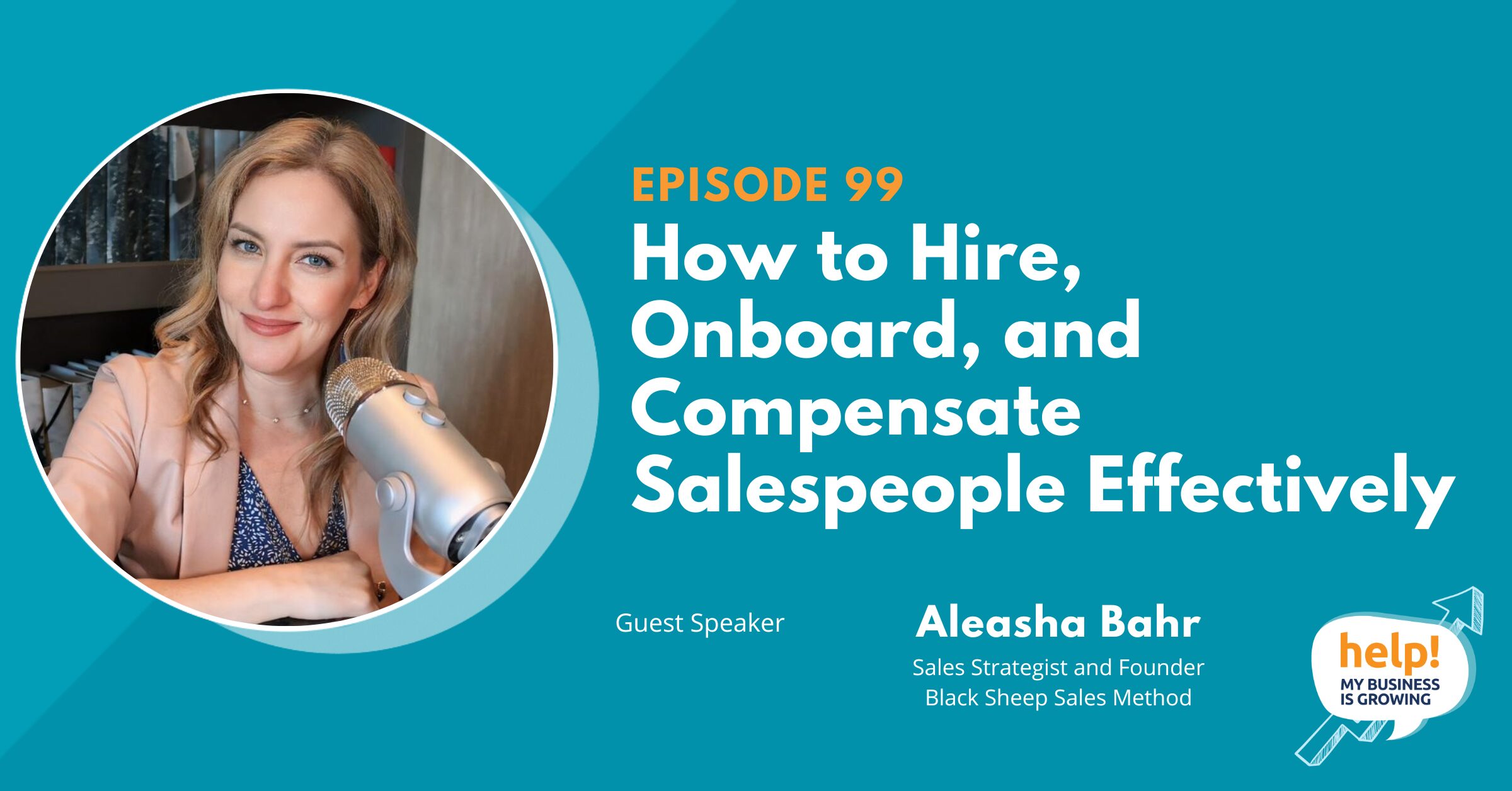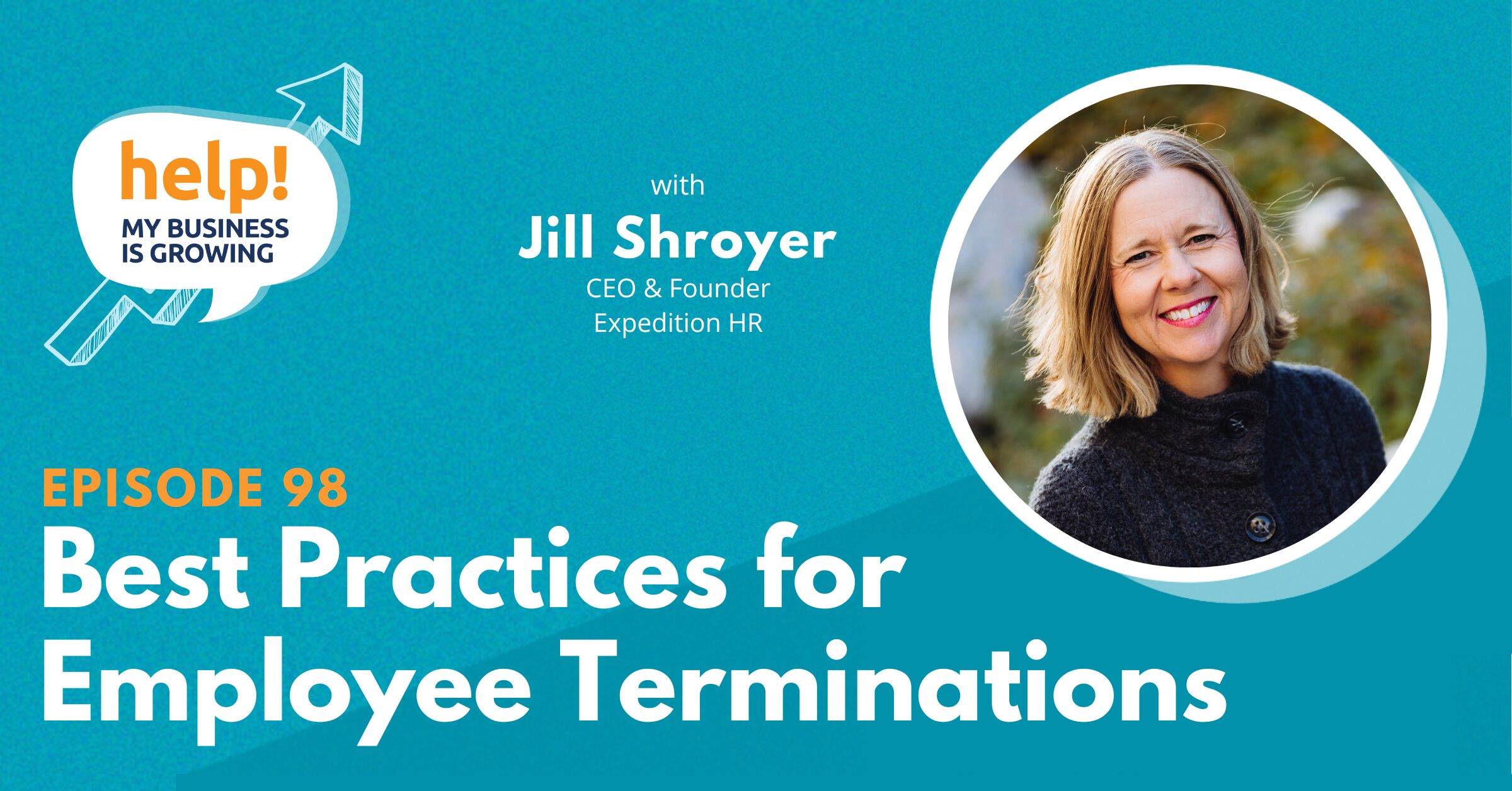As a business owner, selling your products or services at a loss goes against your instincts. And rightfully so: you’re in business to make money, not give it away! Although it may seem counterproductive, offering products or services at or below cost can actually bring you big profits. This is called a loss leader strategy. It’s a successful marketing tactic is successful when there’s a strong strategy and additional product or service offerings.
So what is it and how can it benefit your business? Here’s what you should know about this intriguing financial strategy.

What Is a Loss Leader Strategy?
A loss leader strategy is an aggressive pricing strategy where a business sells a product or service below market cost. Its goal is to stimulate sales of other profitable goods or services. By using the right tactics, customers purchasing the loss leader item or service will also include regularly priced items or services.
Commonly used in the retail industry, loss leader strategies can bring great success – when done well. To launch a successful loss leader strategy, have a clear goal in mind, know which of your business’s products or services are the best fit and have an in-depth understanding of the cost/profit structure of your business’s offerings.
Benefits From Using a Loss Leader Strategy
The biggest benefit you can gain is the potential for an increase in sales. When customers purchase items in addition to the loss leader, you receive a more significant profit due to the sheer volume of sales.
This pricing strategy is also a great way to clear excess inventory from your store. You can also use it to sell perishable food and drink items to mitigate losses.
Risks From Using a Loss Leader Strategy
If customers only buy your loss leader item or service, you’re not using the strategy effectively. That’s why it’s crucial to use it when your loss profit can be countered by selling other products or services.

You should also always stipulate a custom limit on the loss leader. Otherwise, customers may purchase it in bulk and not return it to your store for days or weeks.
Be careful of offering deep discounts. Customers might question the quality of your products or services, which can affect their perception of your brand, too. Some customers may also think your other items are overpriced because of the massive discount on the loss leader.
Some manufacturers and suppliers have restrictions on pricing. This is known as Minimum Advertise Price (MAP) – and a failure to follow them can lead to legal consequences. The same goes for some state laws that limit or forbid selling products below cost.
Loss Leadership Strategy Examples
Although large discount retailers commonly use loss leadership strategies, all types of businesses can utilize this strategy.

For example, grocery stores commonly advertise toilet paper, milk, and eggs at lower or discounted prices. By placing these on-sale products at the back of the store, customers will also purchase other regular-priced items while they’re in the store.
Food and drink samples work similarly. The goal is that while a grocery store customer shops and consumes their sample, they may end up liking it so much that they purchase a box to take home along with their other items.
In the SaaS industry, free subscriptions commonly act as a loss leader. Once a certain amount of storage or data is reached, customers must purchase a plan to continue using the tool.
Printers are another example of a loss leader. Although the initial cost for the printer itself is inexpensive, the price of ink cartridges quickly adds up.
Sometimes, a store advertises a loss leader product but then only has a limited quantity in-store. When customers arrive at the store looking for that particular item, staff can present similar products at a higher price point.
Conclusion
Implementing a loss leader strategy by offering an item or service below cost is a great way to increase your overall profitability. And while pricing should always be strategic, not all your offerings needs to be profitable – as long as it contributes to overall business success.
Many small businesses struggle with understanding their financials and using that information to plan for their business. We help them understand their numbers so that they can make better decisions and have a clear plan for the future. Schedule a consultation to see if a loss leader strategy is the right move for your business.



